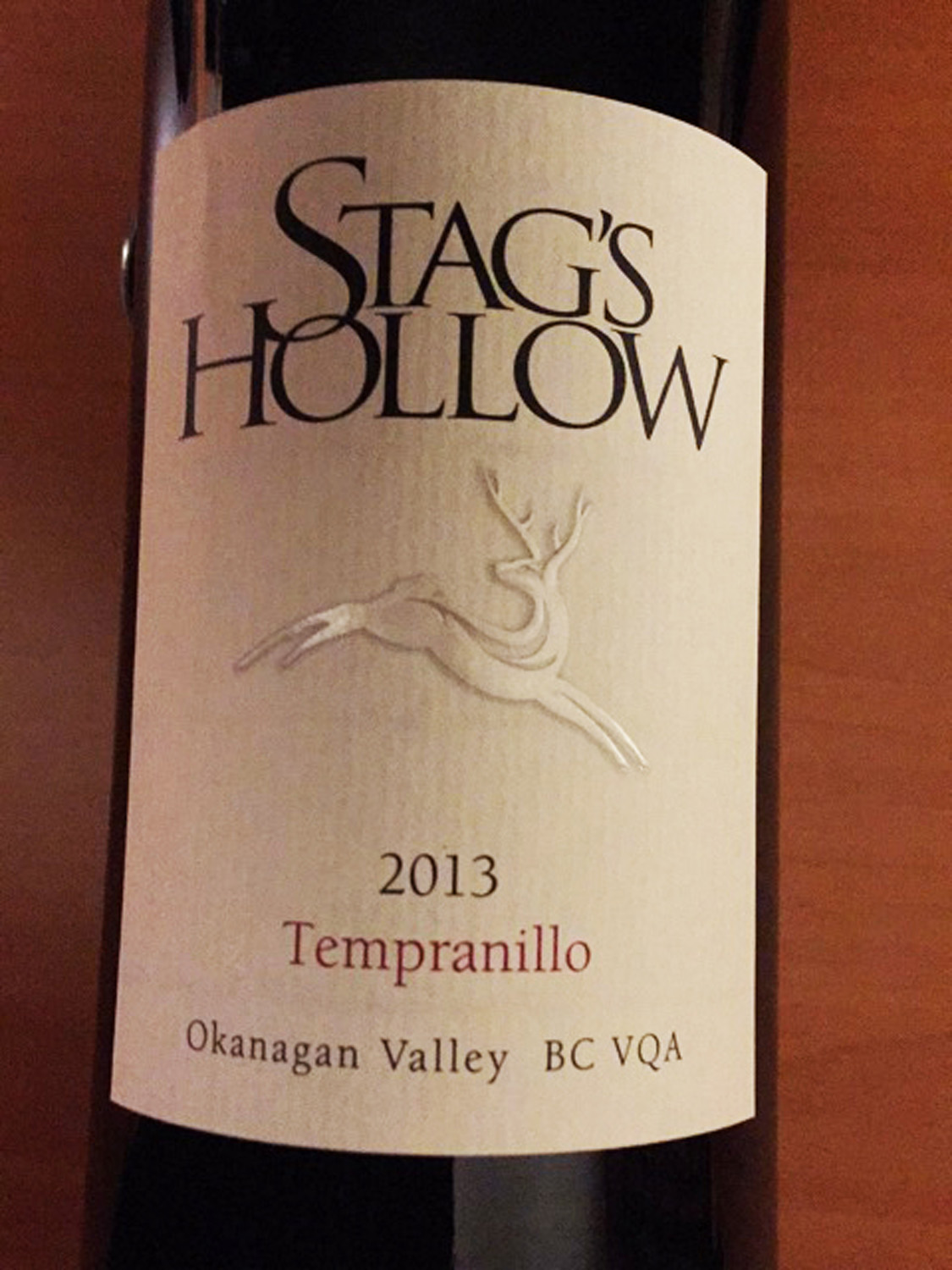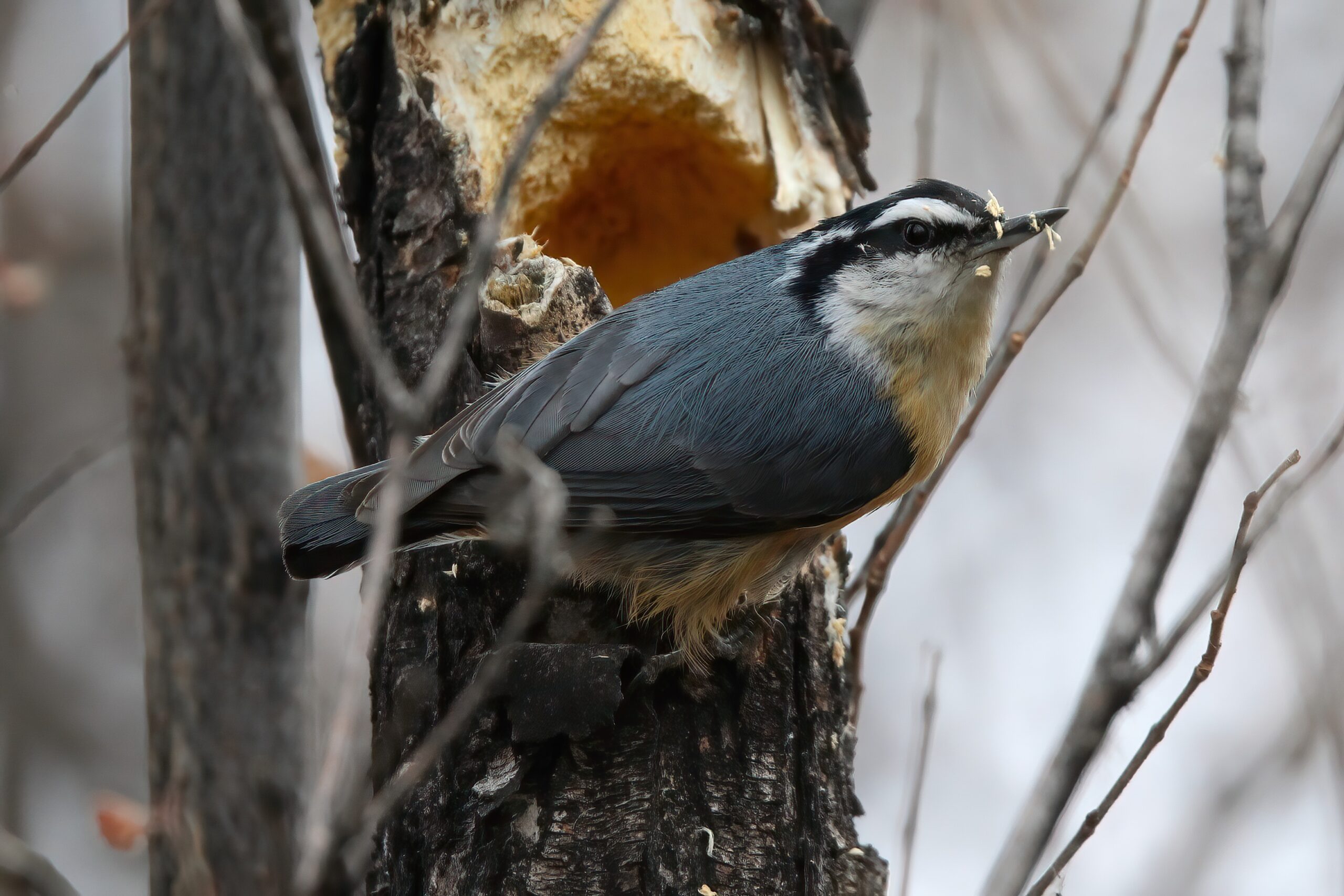With the pandemic getting worse every day, I have resigned myself to solo drinking at home, and keep things interesting with one of those wine-a-day calendars to provide a theme for each evening. This week happens to be the tenth annual International Tempranillo Day, a worthy reason for me to dig through the Spanish section of my wine cellar looking for a forgotten gem.
For those not familiar with the varietal, Tempranillo is widely considered the quintessential Spanish grape, originating in Northern Spain thousands of years ago. The name Tempranillo translates to “little early”, referring to the tendency of this grape to mature earlier in the growing season that most other varietals.
Wine production in what is now modern-day Spain started in the Phoenician period around 1100BCE, and was considered the finest wine of the known world for centuries.
However, the Moorish invaders crossing from the Strait of Gibraltar in the year 711 banned the consumption of alcohol for religious reasons.
Spain was basically a dry country for more than 700 years, until the Moors were toppled in 1492, the same year a Spanish explorer named Christopher Columbus discovered the New World.
The Spanish vineyards quickly sprung back to life in 1492, with the entire New World opening up as an export market.
Interestingly, while there are over 600 different grape varietals grown in Spain, Tempranillo and Garnacha make up the bulk of red wine production.
Spain is the traditional home of the Tempranillo grape, and is still responsible for most of the world production, but it has also thrived in the New World.
Here in North America, there are extensive Tempranillo plantings in California and Oregon, and even a handful of Canadian plantings in the Okanagan Valley of BC. Since Tempranillo ripens earlier than other grapes, it does well in our short growing season in Canada, and can be harvested before the annual frosts arrive.
I dug through my wine cellar looking for an appropriate bottle to celebrate International Tempranillo Day, but was momentarily delayed by those confusing European wine labels, because I could only find wines labelled as Rioja, but no Tempranillo. Faithful readers may recall Old World wine countries like Spain are labelled by appellation (ie region) rather than varietal (ie type of grape).
In other words, the label on my bottle was reminding me that Rioja was not a type of grape, but a wine producing region in Spain. For the wine snobs in the audience, Rioja is considered the home of the highest quality wines in Spain, similar to the Bordeaux region of France. After reading the fine print on the back of a few bottles of Rioja, I found one that was a 100% Tempranillo varietal to enjoy.
For those who have not enjoyed Tempranillo before, its flavour profile is somewhat similar to a Sangiovese from Italy, or a Cab Sauv from France, a nice big and bold red. As an added bonus, the bottle I found in the deepest darkest recesses of the wine cellar was from the 2012 vintage, so was nicely aged to perfection.
After a bit more searching, I even found a Tempranillo that I picked up last year on my annual pilgrimage to the Okanagan Valley, from one of my favourite BC wineries. The Stag’s Hollow Winery is located about halfway between Penticton and Osoyoos, in the heart of wine country, and their sun-drenched vineyards overlooking Okanagan Lake have been producing Tempranillo for many years. Fortunately, Stag’s Hollow wines are widely available here in Alberta, so can be obtained at your friendly neighbourhood booze merchant with ease. Their Tempranillo Joven (young) is a daily drinker available for under $20, while an aged version is closer to $25.
The young version sees very little time in oak barrels, giving it a light body with low tannins and notes of cherries and pomegranate fruits. Very much an easy drinker, but I prefer this one slightly chilled on a sunny patio. The more traditional Tempranillo from Stag’s Hollow sees much more time in oak, which contributes to the higher price, but also imparts smoky cedar notes, hints of leather and liquorice, and dark blackberry flavours.
If Tempranillo is new to you, International Tempranillo Day is the perfect time to broaden your wine horizons, so ask your friendly neighbourhood bottle shop for a recommendation today!







